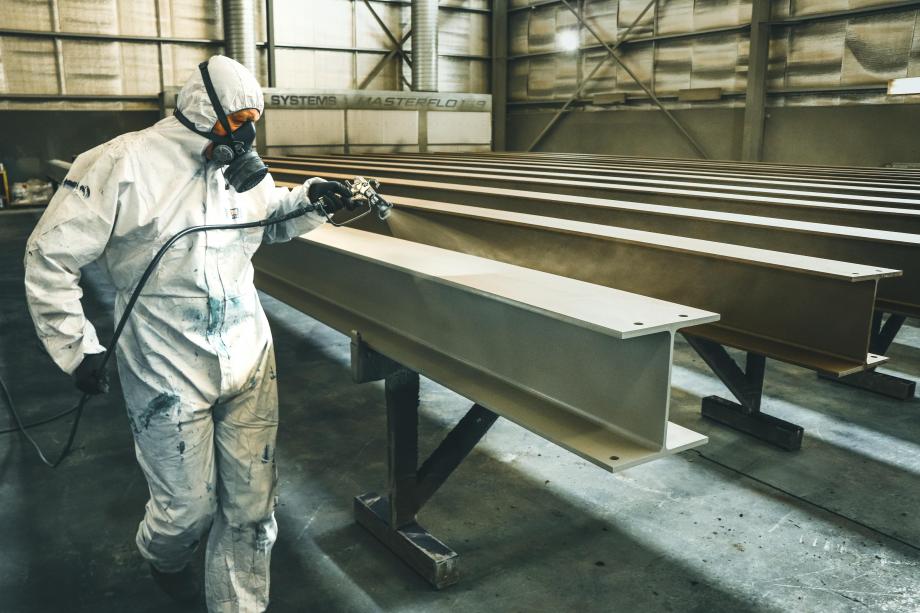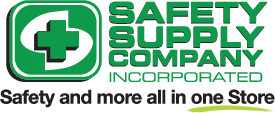Respirators: An Important Measure to Long-Term Personal Safety

The proper use of respirators stands as a critical component in safeguarding individuals from harmful airborne particles and contaminants. Whether navigating hazardous work environments or facing unprecedented global health challenges, understanding the nuances of respirator use is paramount.
Before selecting a respirator, it's crucial to identify the specific hazards present in the work environment. Whether dealing with dust, chemicals, or infectious agents, a thorough risk assessment will guide the choice of the most appropriate respiratory protection.
Respirators come in various types, each designed for specific purposes. The two main categories are:
- Particulate Respirators: These protect against airborne particles like dust, smoke, and biological agents.
- Gas and Vapor Respirators: Designed to filter out specific gases and vapors, such as chemical fumes.
Safety respirators have various standardizations that dictate their suitability for the different industries. Below are a few of the classifications:
- N95 Respirators:
N95 respirators are common and effective against particulate matter, certain environments may require higher-level protection, such as N99 or N100 respirators. N95 masks are designed to filter out a minimum of 95% of airborne particles, including fine particles, dust, and infectious agents. The filtration efficiency is tested using sodium chloride aerosols and paraffin oil aerosols.
Common Use Cases:
- N95 respirators find extensive use in various industries, including healthcare, construction, and manufacturing.
- Healthcare workers often use N95 masks to protect themselves from exposure to infectious diseases, especially when performing procedures that generate respiratory droplets.
Usage Guidelines:
- N95 masks are designed for single-use, but during times of shortages, extended use or reuse may be considered following guidelines from health authorities.
- Users should follow proper donning and doffing procedures to minimize the risk of contamination.
2. N99 Respirators:
Filtration Efficiency: An N99 respirator is designed to filter out at least 99% of airborne particles. This includes particulate matter like dust, smoke, and biological particles.
Use Cases: N99 respirators are typically recommended for environments where a higher level of protection is necessary, such as settings with higher concentrations of airborne contaminants or in situations where there is a potential for exposure to infectious agents.
Examples: Some examples of situations where N99 respirators might be used include certain healthcare settings, construction sites, or industrial settings with heavy dust or chemical exposure.
3. N100 Respirators:
Filtration Efficiency: N100 respirators offer the highest level of filtration, filtering out at least 99.97% of airborne particles. This includes extremely small particles like viruses and fine particulate matter.
Use Cases: N100 respirators are reserved for situations where the highest level of protection is required, especially in environments with very hazardous airborne particles or when dealing with highly toxic substances.
Examples: Industries such as pharmaceutical manufacturing, nuclear power plants, or certain healthcare procedures might necessitate the use of N100 respirators.
Here are some best practices for using a respirator:
- Fit Testing: Ensuring a proper fit is paramount for a respirator's effectiveness. Fit testing should be conducted regularly to verify that the respirator forms a secure seal around the wearer's face.
- Clean Hands and Face: Before donning a respirator, hands and face should be thoroughly cleaned to prevent contamination. Any facial hair that interferes with the seal should be removed.
- Secure Fit: Properly position the respirator on the face, ensuring a snug fit. Straps should be tightened to prevent air leakage, and the nosepiece should be molded to fit the nose bridge.
- Avoid Touching: Once in place, avoid touching the respirator. If adjustment is necessary, ensure hands are clean, and sanitize them afterward.
- Doffing Protocol: When removing the respirator, do so in a way that minimizes contact with the outer surface. Discard disposable respirators safely and, for reusable ones, follow the manufacturer's guidelines for cleaning and storage.
Ultimately, the proper use of safety respirators is a fundamental aspect of occupational safety. By understanding the hazards, selecting the appropriate respirator, and adhering to meticulous donning and doffing procedures, individuals can mitigate risks and create a safer working environment. Prioritizing respiratory protection is not just a compliance requirement but a commitment to the well-being of individuals in diverse workplaces.
Blog Articles
Check out more articles
PPE: The Unspoken Love Language
Wearing PPE: Protecting Your Present and Securing Your Future
View MoreTips to Improve Safety While Working With Heavy-Duty Mobile Equipment
Improving the safety of ground personnel working around mobile equipment, such as forklifts, excavators, etc., requires a combination of engineering controls, administrative measures, and behaviora
View MoreWhy You Should Service Your Safety Equipment
Safety equipment serves as the frontline defense against workplace hazards, ensuring the well-being of employees and minimizing risks.
View More



